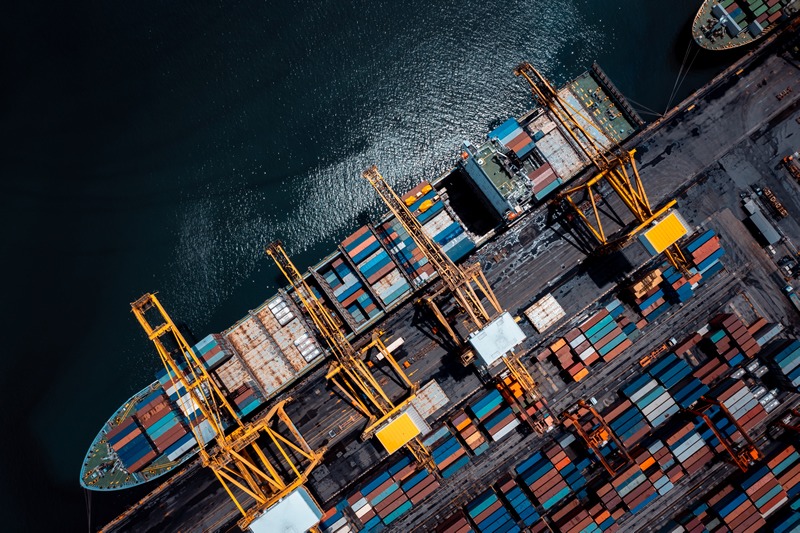Carbon Capture Reducing Maritime Shipping Emissions
23
Maritime shipping is responsible for around 3% of global greenhouse gas emissions, making decarbonisation of the sector essential to achieving international climate goals. Industry leaders have recognised the urgency, committing to net-zero emissions by 2050, but reaching that target will require overcoming significant challenges.

As one of the most difficult sectors to decarbonise, shipping will need a multi-faceted transformation. That includes stronger policy frameworks, real-time emissions monitoring, the adoption of breakthrough technologies like hydrogen fuel cells, and more efficient logistics and routing. Encouragingly, progress is being made on all fronts.
In a major development, the International Maritime Organization (IMO) recently adopted a Net-Zero Framework, a landmark move that introduces mandatory emissions caps and carbon pricing across the global maritime sector. Set to be formally adopted in October 2025 and enforced beginning in 2027, the regulations will apply to vessels over 5,000 gross tons, which account for 85% of international shipping’s CO2 output.
While the framework marks a major step forward for climate action, it also presents potential economic pressures for operators, particularly if implementation is uneven or delayed. However, a promising innovation from Scandinavia may offer a lifeline: a new technology that could allow existing, carbon-intensive fleets to drastically reduce emissions without the need for complete vessel replacement. This kind of innovation could help balance environmental responsibility with economic practicality, paving the way for a cleaner, more resilient global shipping industry.
Wärtsilä has officially launched its carbon capture solution (CCS) to the global maritime market, marking a major milestone in the industry's decarbonisation efforts. The system has demonstrated the ability to cut vessel CO2 emissions by up to 70%, offering shipowners a practical and immediate tool to comply with tightening environmental regulations.
The announcement follows the successful installation of the world’s first full-scale CCS system aboard Solvang ASA’s Clipper Eris. The technology captures emissions from all onboard exhaust gas sources, and has been operating since the vessel departed Singapore in February 2025.
Installed on the 21,000 m2 ethylene carrier for live testing and optimisation, the system supports Solvang ASA’s commitment to low-carbon shipping while advancing the industry’s progress toward the IMO’s 2050 greenhouse gas reduction goals. Wärtsilä’s breakthrough offers a scalable solution for existing fleets, potentially transforming the way the industry addresses shipboard emissions in the near term.
#Protea #Emissions #Monitoring #CEMS #FTIR #Gas #Analysers #Shipping #Marine #Carbon #Capture
Other Articles
Global Underground CO2 Storage Data Offers Hope Amid Rising Emissions
01
IMO Postpones Adoption Of Global Net-Zero Shipping Framework
04
Pioneering Carbon Capture Projects Ready For Construction
03
Methanol & Ammonia Deemed Ready As Zero-Emission Shipping Fuels
01
Carbon Capture Storage Reaching A Turning Point In Decarbonisation
13
CCS To Capture 15% Of Shipboard Carbon Emissions By 2050
29
Global Shipping Industry Struggles To Navigate Net Zero Transition
21
Carbon Capture Surges as Economics Policy & Industry Demand Align
14
GHG Emissions At Ports On The Rise Despite Initiatives
07
Carbon Capture Utilisation & Storage In A Nutshell
30